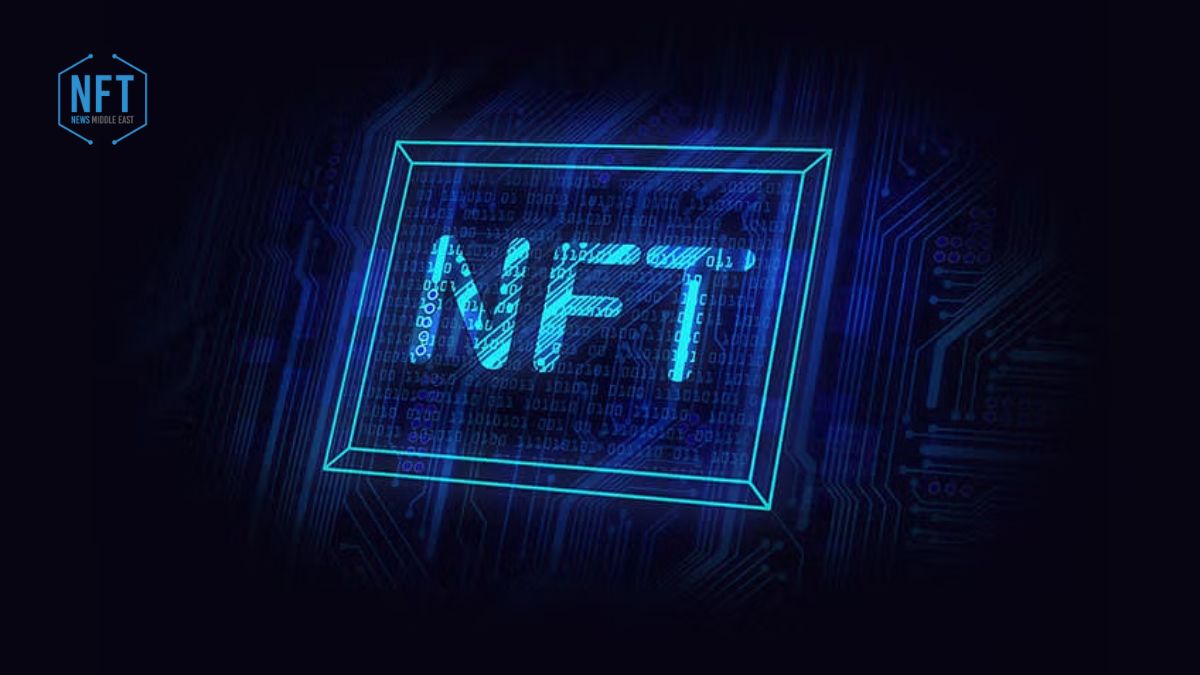A not-too-long time ago, specifically ten years ago, Meni Rosenfeld decided to stretch the borders of imagination by introducing the concept of coloured coins in his paper ‘Overview of Colored Coins’. In this paper, he suggested a method to represent physical assets virtually on blockchains to validate and secure ownership of those assets. This innovative thinking would later spur the creation of non-fungible tokens (NFTs) in 2014 and the craze that followed in 2021. A perusal of the subsequent section will trace and establish the journey of NFTs to the point of worldwide recognition.
How did the Concept of NFT Come to be?
In 2012, Meni Rosenfield came up with Colored Coins to be utilized in a symbiotic relationship with the Bitcoin Blockchain. He intended that coloured coins be the digital representation of physical assets only with tokens to determine use and uniqueness. Although Colored Coins did not reach its peak establishment, it set the stage for other innovations that cumulated in the creation of NFTs.
Two years after Rosenfield’s paper, Kevin McCoy, a professor at the New York University and digital artist, would mine the first ever NFT called Quantum and further the experiments to develop NFTs built on Bitcoin and Ethereum blockchains. Several other NFTs followed in the form of memes largely dominant from 2015 to 2016.
In 2017, Ethereum, a decentralized platform hosted on blockchain, proceeded to introduce well-detailed token standards in the form of smart contracts, which allows the innovation of tokens by developers. With the ability to create tokens, developers proceeded to generate NFTs using the Ethereum blockchain. This power of creation began to project NFTs to the outer sphere and garner public attention. NFTs in the games, arts, and other digital projects started to come to light.
However, NFTs did not fully enjoy global recognition until the infamous NFT explosion in 2021. One of the very popular NFTs projected on Ethereum is the Cryptokitties project created by Dapper Labs, and this NFT, some would say, singled-handily enabled the uproar caused worldwide.
Currently, NFT is still going hard and strong, with Ethereum being a core host of several other NFT projects. Despite this, questions about the issues of NFTs’ decentralization while still relying on AWS servers to host metadata and platforms have arisen. Other issues about the security of tokens. Regardless, NFTs have revolutionized web 3.0, and the technology is here to stay.
Conclusion
Indeed, there are endless opportunities for NFTs, both exciting and intriguing. The goal is to incorporate NFTs in all sectors: education, artistry, music, etc. The interpretation of the physical assets to that in the metaverse will yet see new heights. The future is bright, and we are yet for it.
















